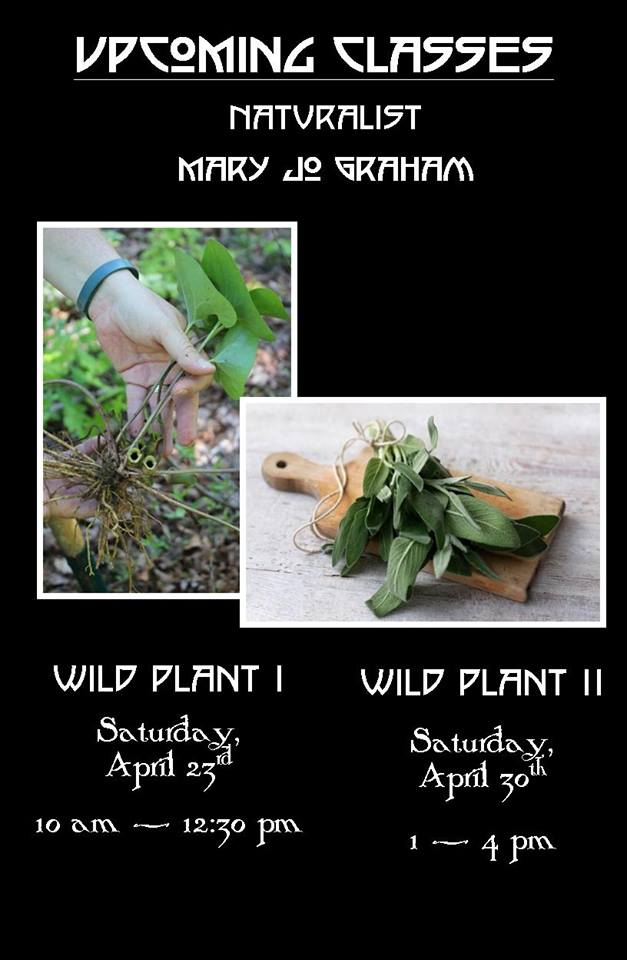An important, albeit unfortunate, historical event was marked recently with the official recognition of the Rusty-patched Bumblebee as an endangered species in the United States. So very rare, Bombus affinis now is found only in about 1/10th of 1% of its original range. This designation is historical for a second reason in that it is the first native Bumblebee in the United States to be declared endangered. Before this, as for bee species, only seven species of Hawaiian yellow-faced bees have been so listed.
There has been much coverage over the past several years regarding the issues being faced by Honeybees. And while we do not want to diminish their human-induced importance to the production of food crops, the Western (aka European) Honeybee (Apis mellifera) is not native to North America, having its origins across the Atlantic in Western Asia, Africa and Europe. Our continent is well represented in the bee world with approximately 4000 native species – the image here gives you an idea of the range in size. Why in New York State alone we lay claim to over 450, many of them being one of several tiny Sweat Bee species. Our native bees can be “loners” or live in small colonies.  As for shelter, they may be ground nesting or use wood for making their homes. Keep in mind that before the arrival of Europeans to this continent, our endemic bees, along with their innumerable pollinating moth, butterfly, spider, ant, wasp and fly cousins, did a fine job ensuring the continued propagation of plants across North America. In fact, some studies suggest that native bees do a better job at pollinating than do the alien honeybees1 and contribute approximately $3 billion to the agricultural economy each year. Additionally, because these species have evolved here for millennia, they are far hardier and less susceptible to disease, pests and weather.
As for shelter, they may be ground nesting or use wood for making their homes. Keep in mind that before the arrival of Europeans to this continent, our endemic bees, along with their innumerable pollinating moth, butterfly, spider, ant, wasp and fly cousins, did a fine job ensuring the continued propagation of plants across North America. In fact, some studies suggest that native bees do a better job at pollinating than do the alien honeybees1 and contribute approximately $3 billion to the agricultural economy each year. Additionally, because these species have evolved here for millennia, they are far hardier and less susceptible to disease, pests and weather.
Protecting our native bee populations has never been more important. The listing of the Rusty-patched is a bellwether for its protégées and, given the grave issues that abound with the alien honeybee, we may need to rely far more heavily on our indigenous friends. Among the many pressures threatening their existence are habitat loss, climate change, invasive plants species (less nutritional food), and the use of neonicotinoid-based chemicals commonly found in homes, schools, and farms. There are many simple ways you can help in this regard, some making great projects for kids, families and community groups. Below are links to suggested projects and actions to support these important pollinators. Please feel free to share your success stories through our Facebook or Twitter feeds!







 stating population numbers above. What is the link to the invertebrate world? Many of these animal populations feed upon invertebrates, be it the adults, larvae and/or eggs. Mosquitoes are a favorite food of both birds and freshwater animals. Is it any wonder there is a rise in Mosquito-borne disease recently? The interconnectivity of Nature is still a mystery and we need to understand these complex relationships as they relate to our own behaviors and use of the natural world.
stating population numbers above. What is the link to the invertebrate world? Many of these animal populations feed upon invertebrates, be it the adults, larvae and/or eggs. Mosquitoes are a favorite food of both birds and freshwater animals. Is it any wonder there is a rise in Mosquito-borne disease recently? The interconnectivity of Nature is still a mystery and we need to understand these complex relationships as they relate to our own behaviors and use of the natural world.
 r for me after an early morning sighting on January 1st. Personal experience has demonstrated that our fellow species, be they plant or animal, can teach us much about life and I look forward to learning more from the Tufted Titmouse as 2016 progresses.
r for me after an early morning sighting on January 1st. Personal experience has demonstrated that our fellow species, be they plant or animal, can teach us much about life and I look forward to learning more from the Tufted Titmouse as 2016 progresses.

